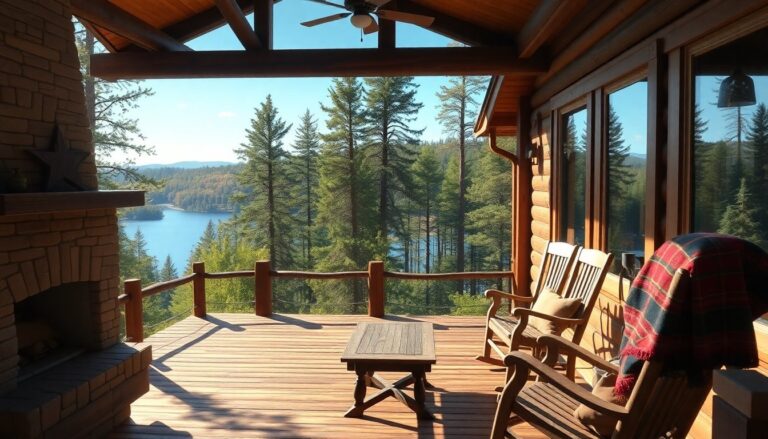Purchasing a second home can be both exhilarating and challenging. Whether you envision a cozy retreat in the woods, a vibrant apartment in the city, or a beachfront property, this decision demands careful planning. This article explores key strategies to help you identify and manage your ideal second residence.
Before beginning your property search, it is essential to clarify your personal requirements. Consider your motivations for acquiring a second home: do you seek a vacation spot, a sound investment, or a weekend getaway? Additionally, think about how many people will use the space and any amenities necessary for your lifestyle. The location is another crucial factor; would you prefer proximity to the ocean, the mountains, or a bustling urban area?
Establishing a budget and understanding costs
Setting a realistic budget is a fundamental step in the home-buying process. It’s important to account for not only the purchase price but also additional expenses such as taxes, notary fees, and potential renovation costs. Researching financing options like mortgages and loans is advisable, and consulting a financial advisor can provide valuable insights into your financial landscape.
Assessing the total investment
When determining your budget, remember to consider the
ongoing costs of maintaining a second home. Utilities, property management fees, and maintenance should all be included in your financial plan. By taking a comprehensive approach, you can ensure that your investment remains a source of joy rather than financial strain.
Finding the right property
Once your needs are clearly defined, it’s time to begin searching for the property that meets your criteria. Utilize various resources, including real estate websites, local agents, and personal networks, to gather information about potential listings. Patience is key during this process; sometimes, the ideal home may be located in an area you had not previously considered.
Conducting thorough research
When you identify a property of interest, it’s imperative to meticulously examine all relevant documentation. Verify that there are no legal issues or encumbrances on the property and ensure compliance with local building regulations. Hiring a certified appraiser can assist in conducting a thorough inspection, helping to uncover any structural issues that may need attention.
Managing your investment
After acquiring your second home, effective property management is essential, especially if you cannot occupy it year-round. Consider renting it out to cover expenses when you’re not using it. Online platforms have simplified short-term rentals, providing a way to generate additional income. However, it is important to familiarize yourself with local rental laws and the responsibilities that come with being a landlord.
Regular maintenance is crucial for preserving your property’s value. Establishing a routine maintenance schedule can help you address necessary repairs before they escalate. If renovations are needed, invest time in planning the project and selecting qualified professionals. Not only can renovations enhance your experience in the home, they can also increase the property’s market value.
Enjoying your second home
Ultimately, your second home should be a sanctuary—a place to unwind and create cherished memories with family and friends. By following these guidelines and approaching the process thoughtfully, your second home can evolve into a beloved retreat. Embrace the joy of this investment and allow it to enrich your life.

